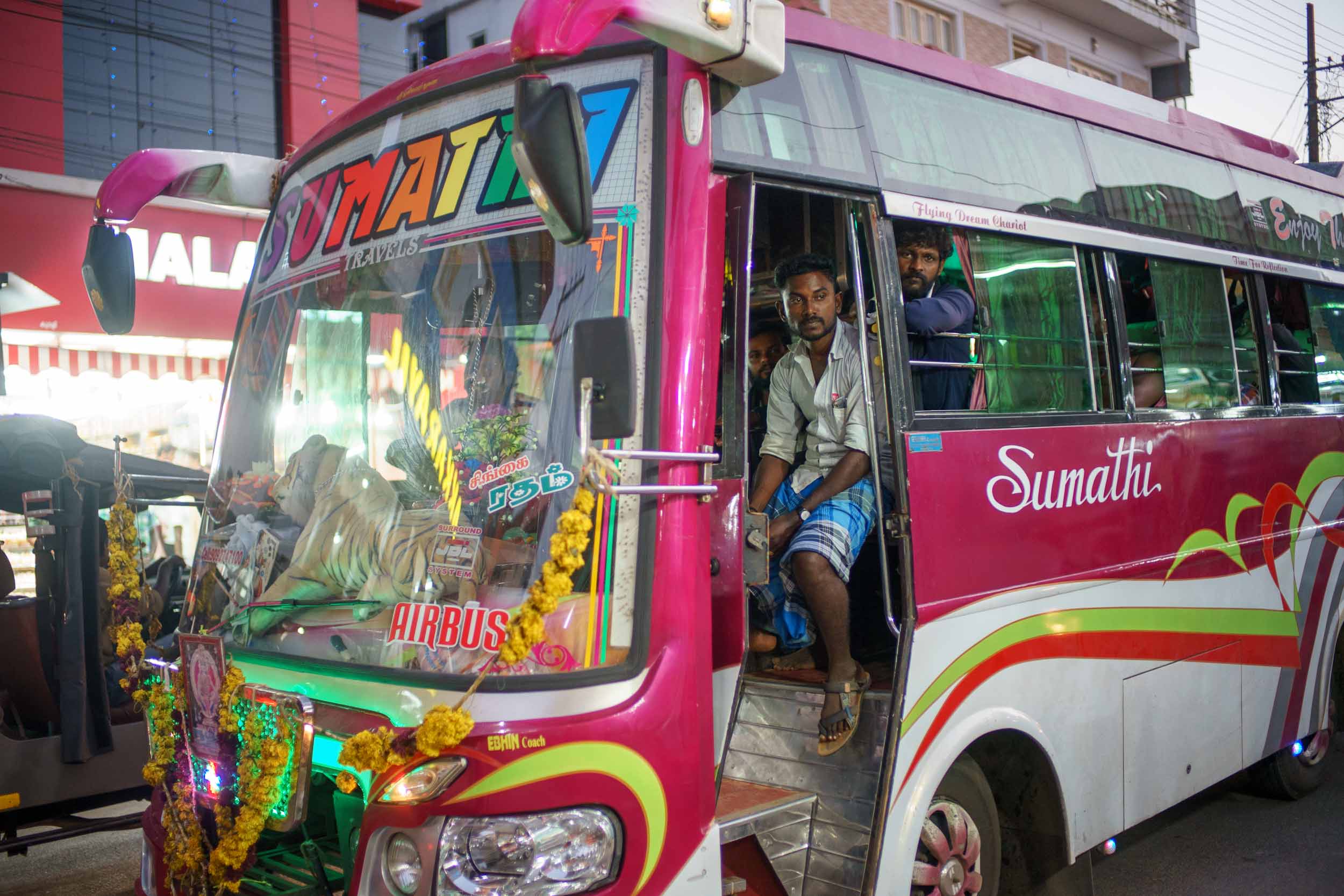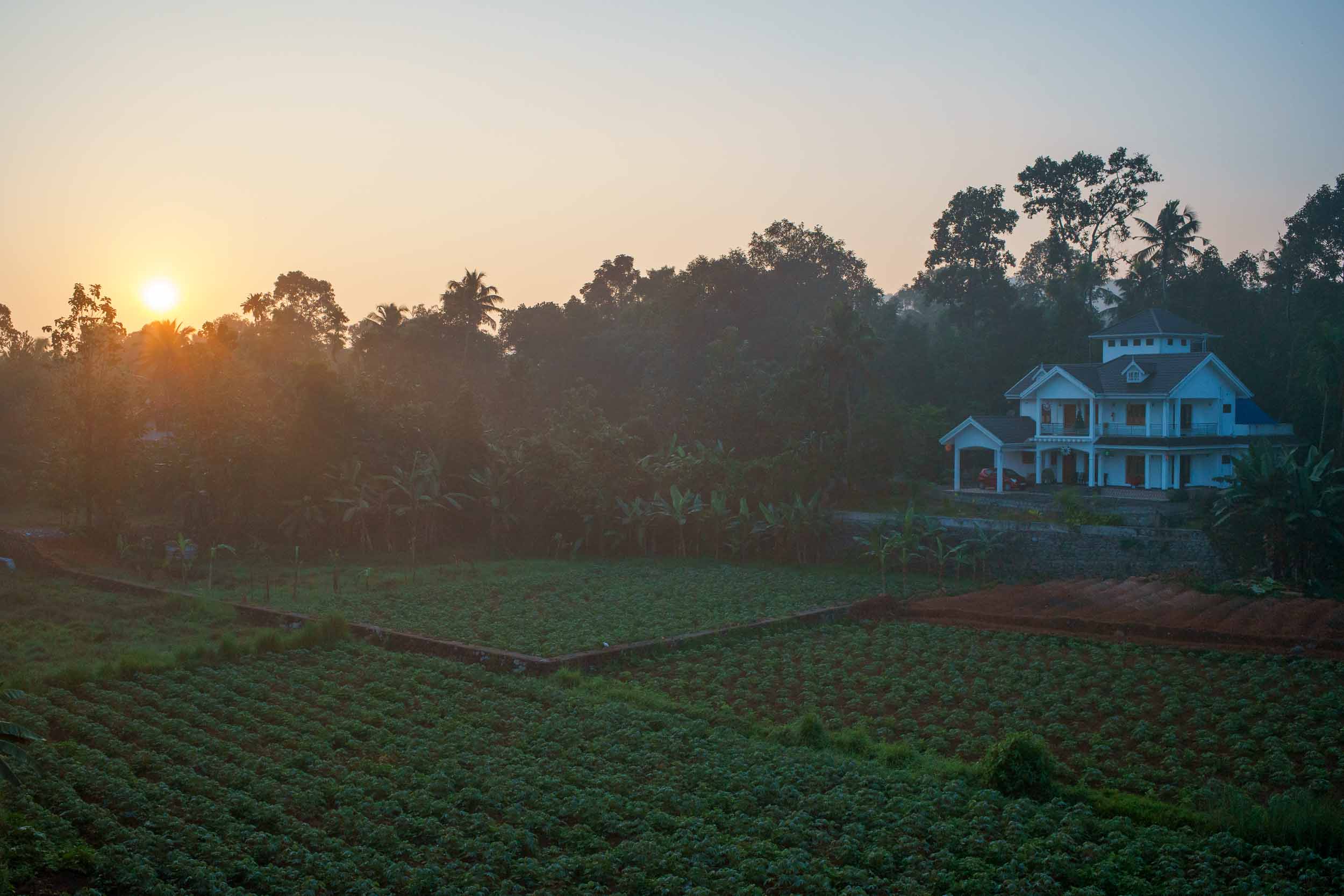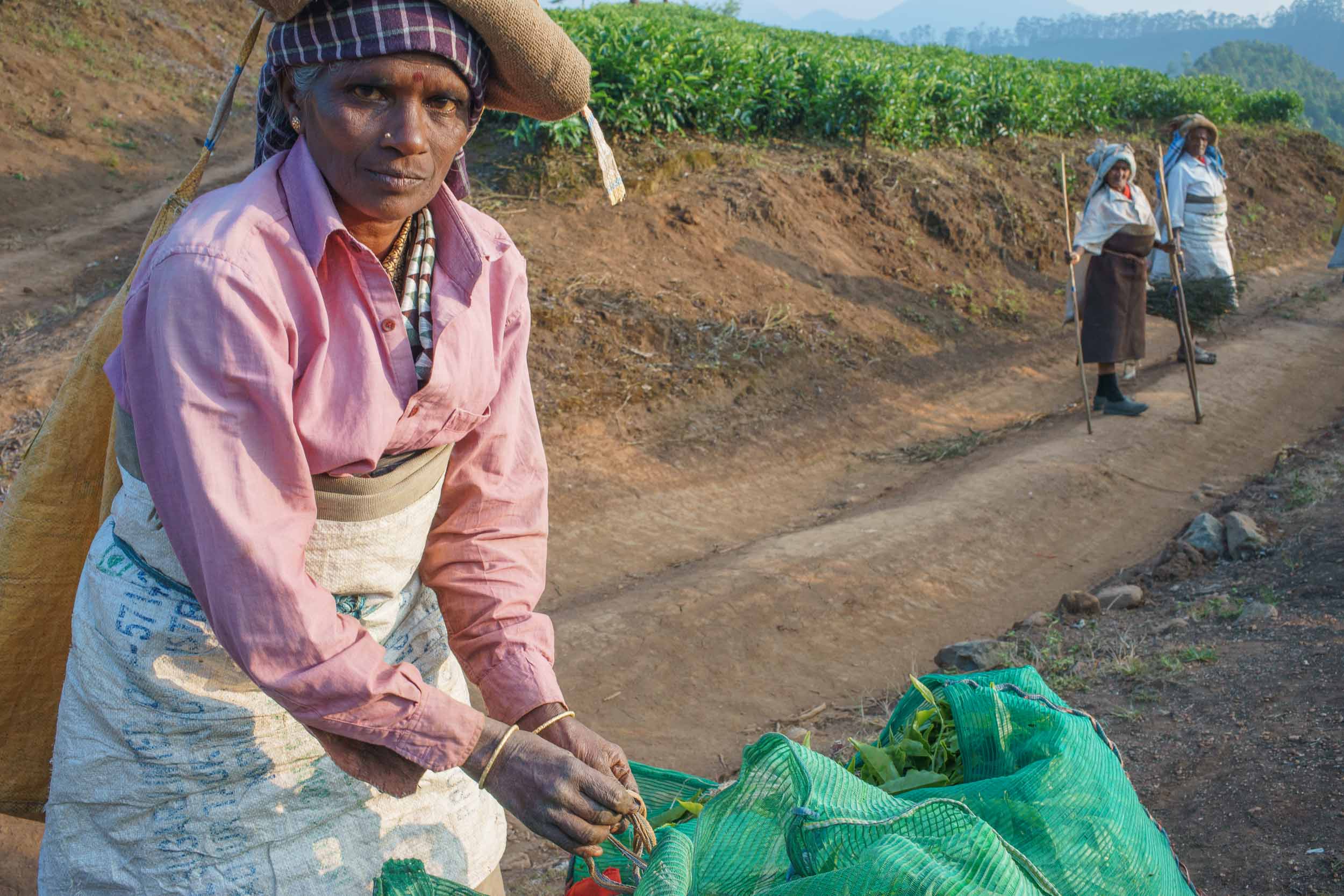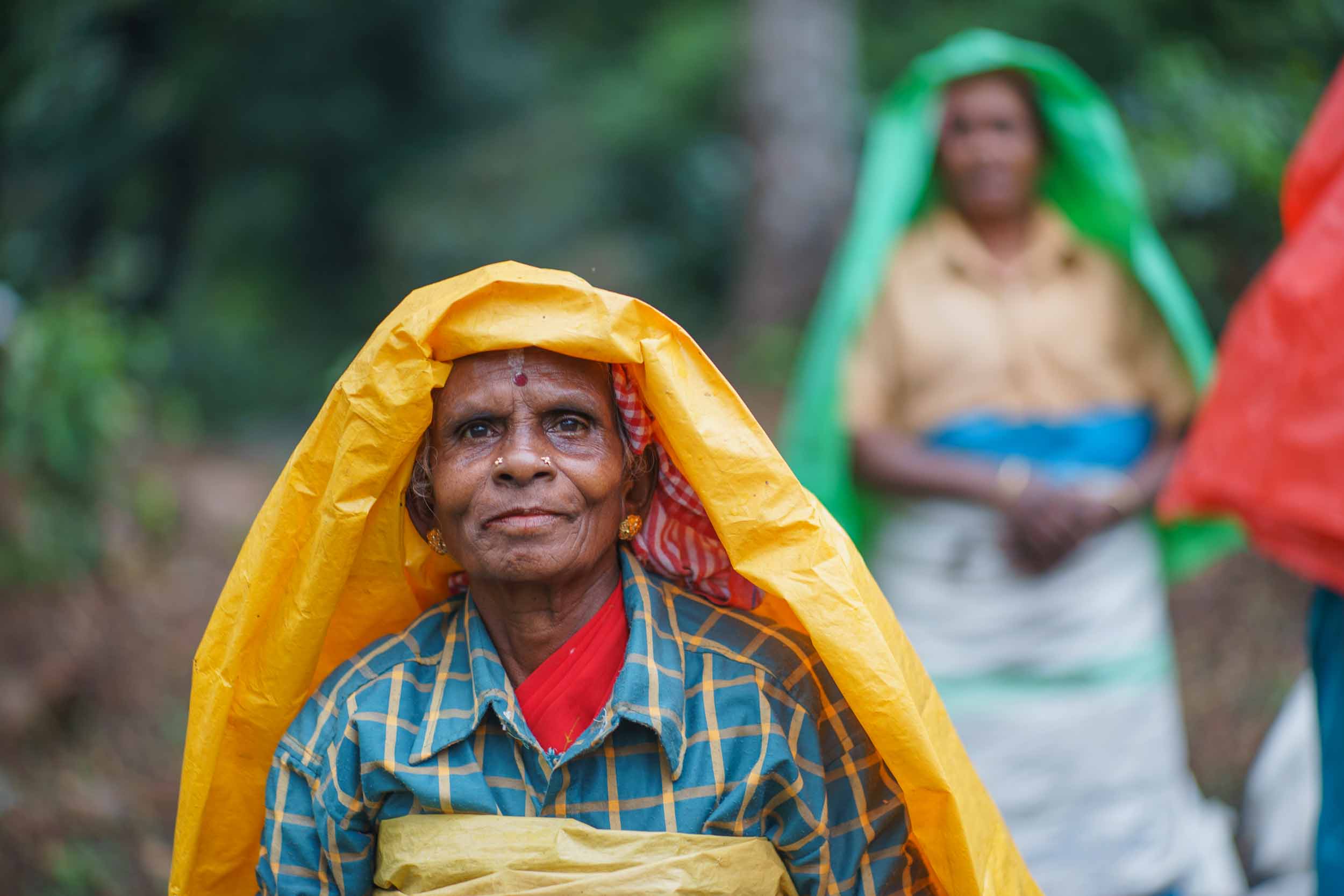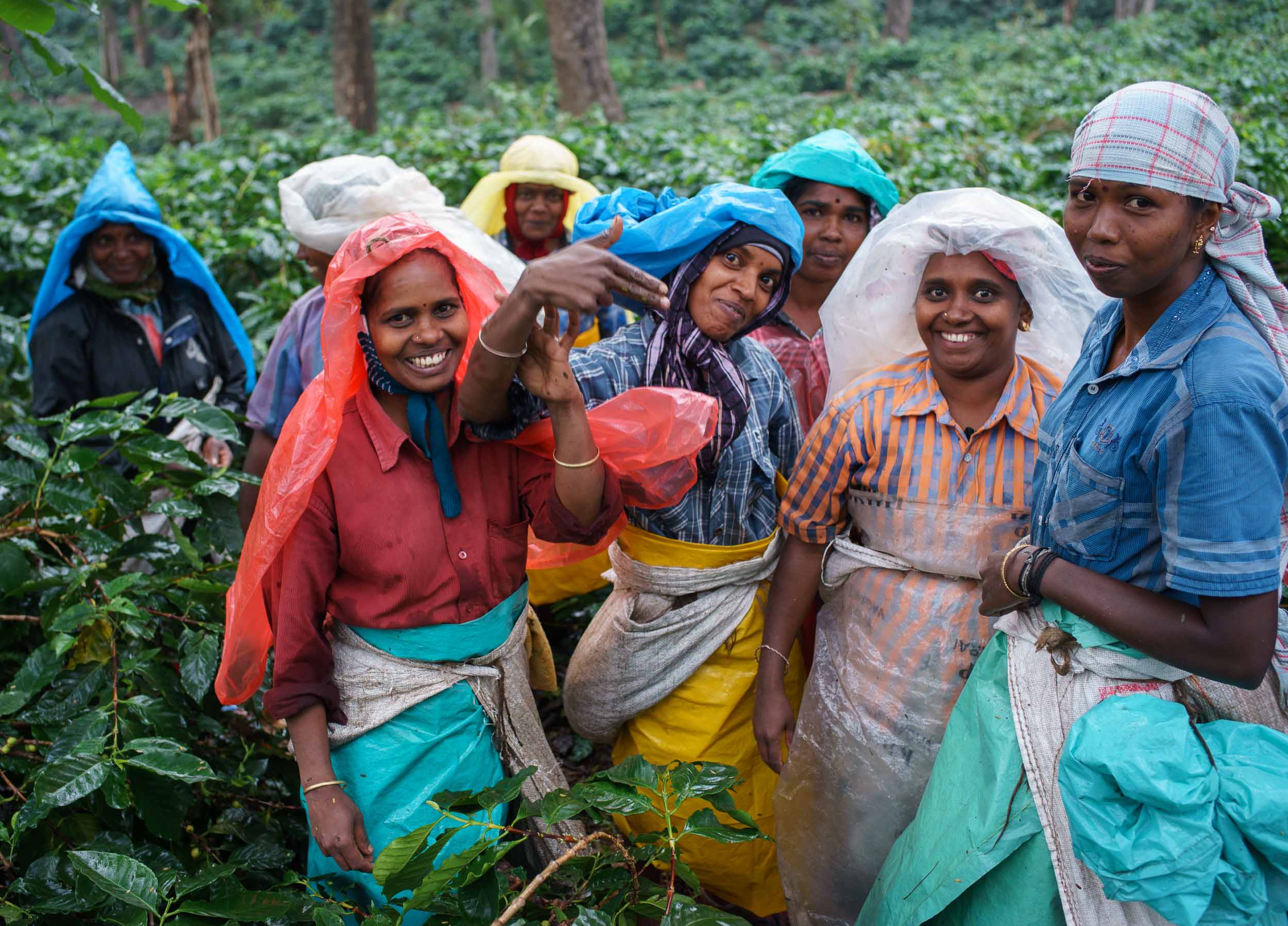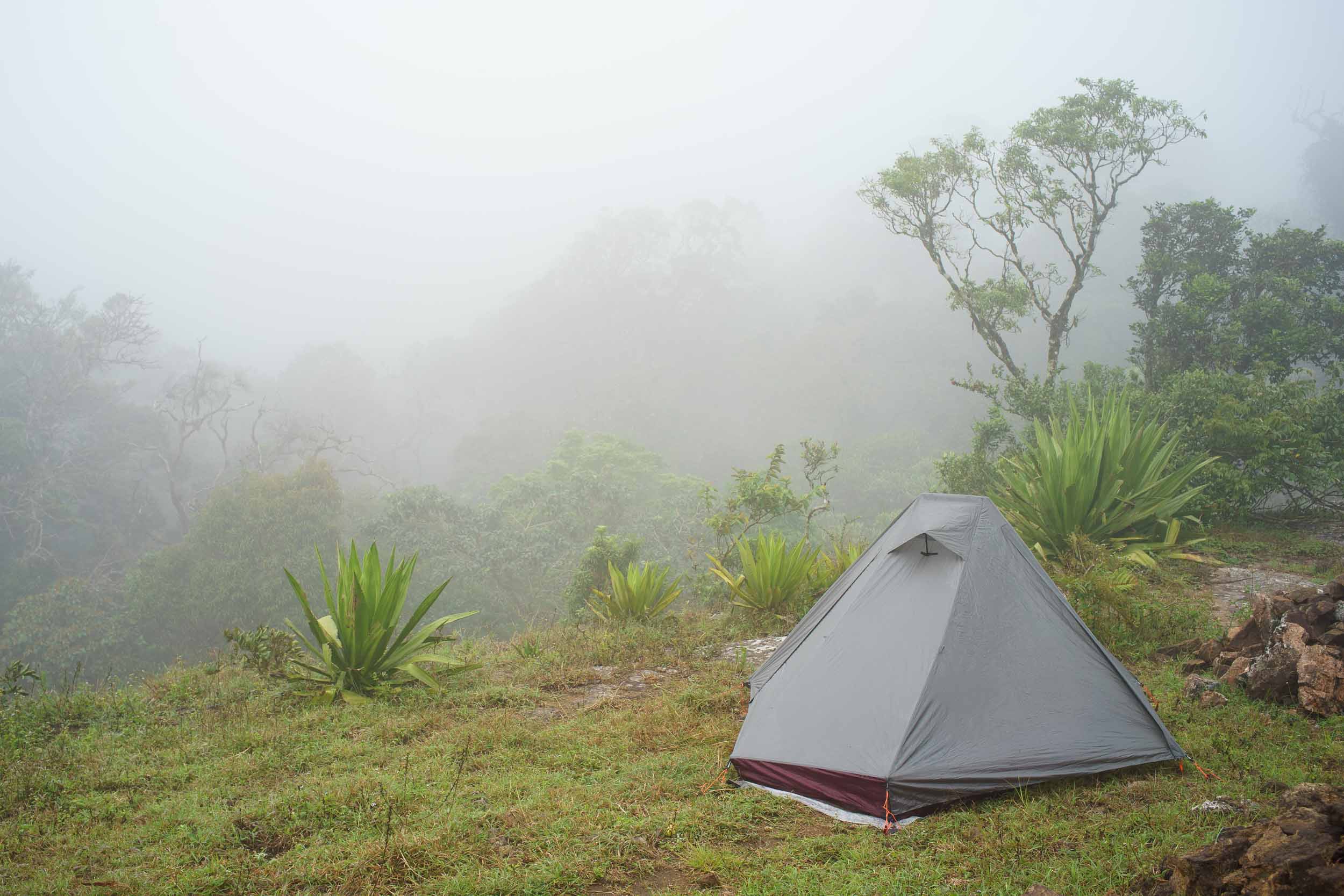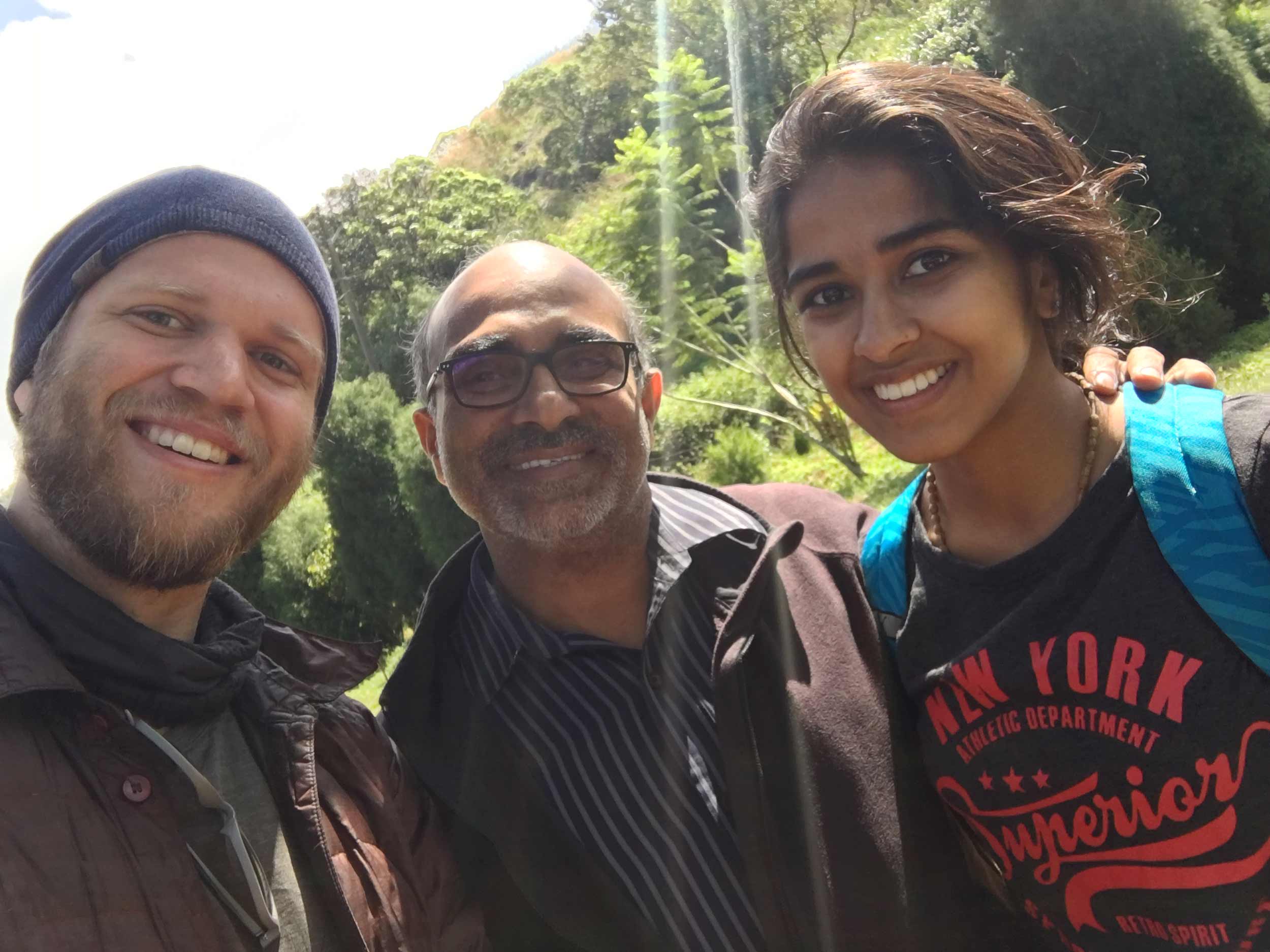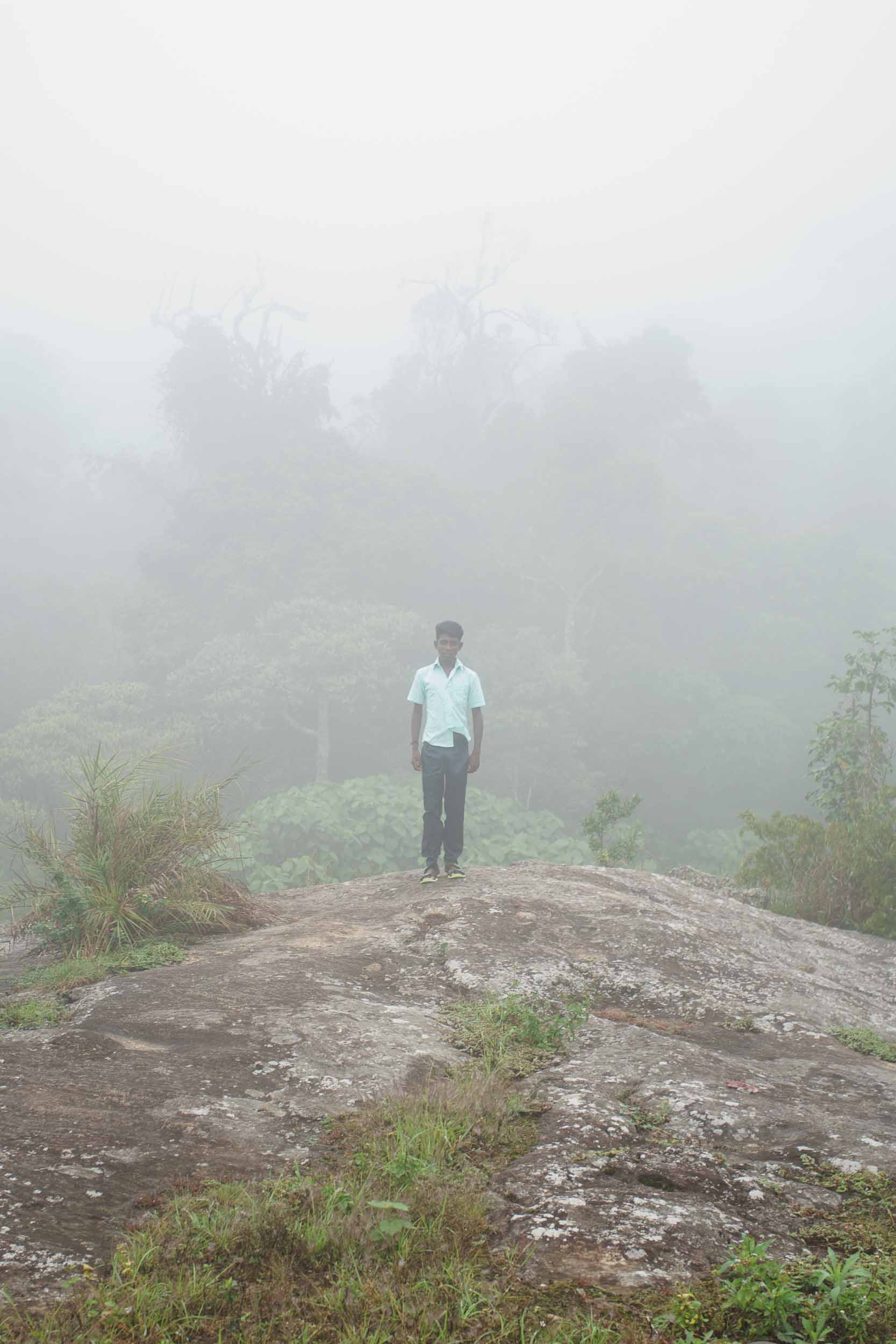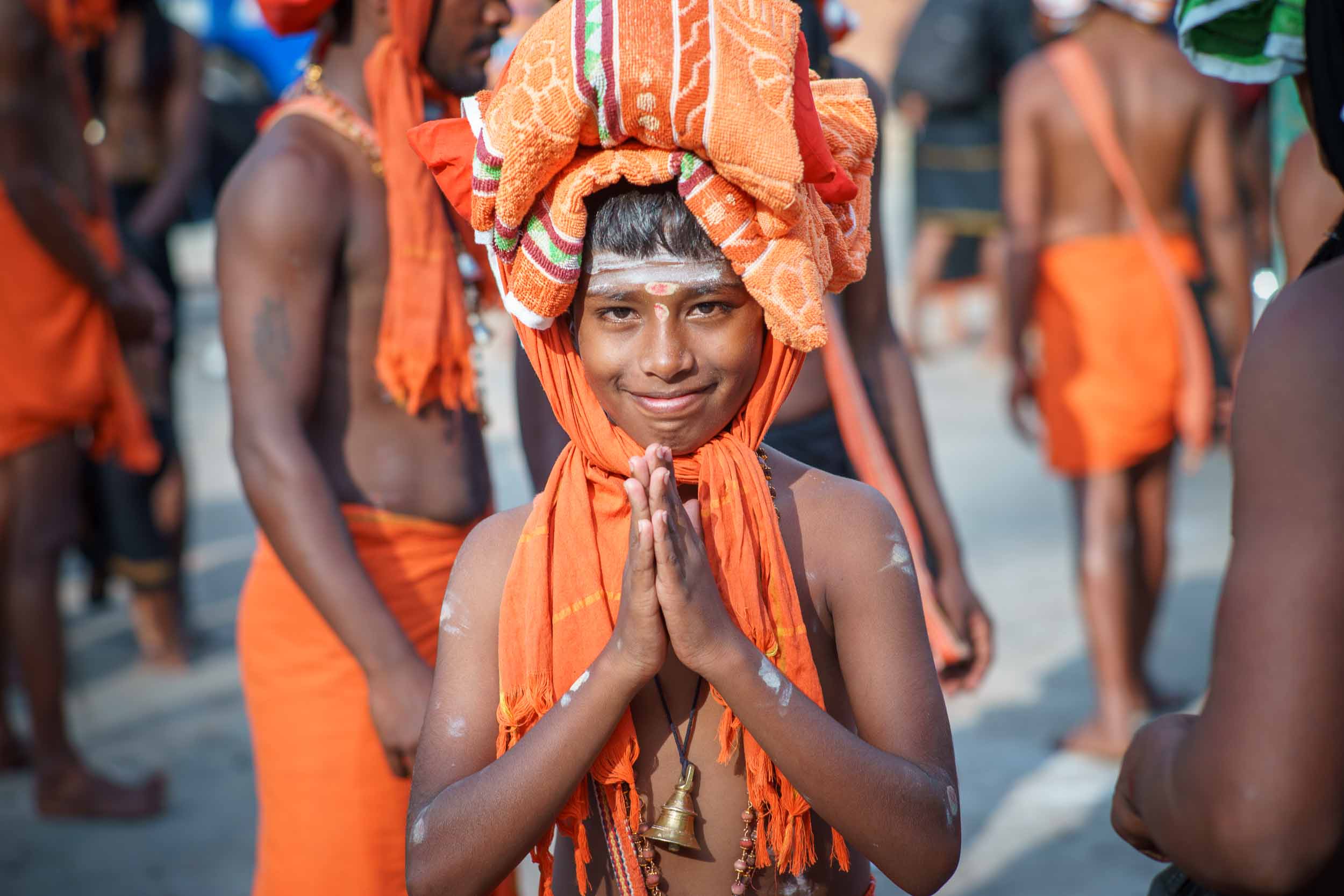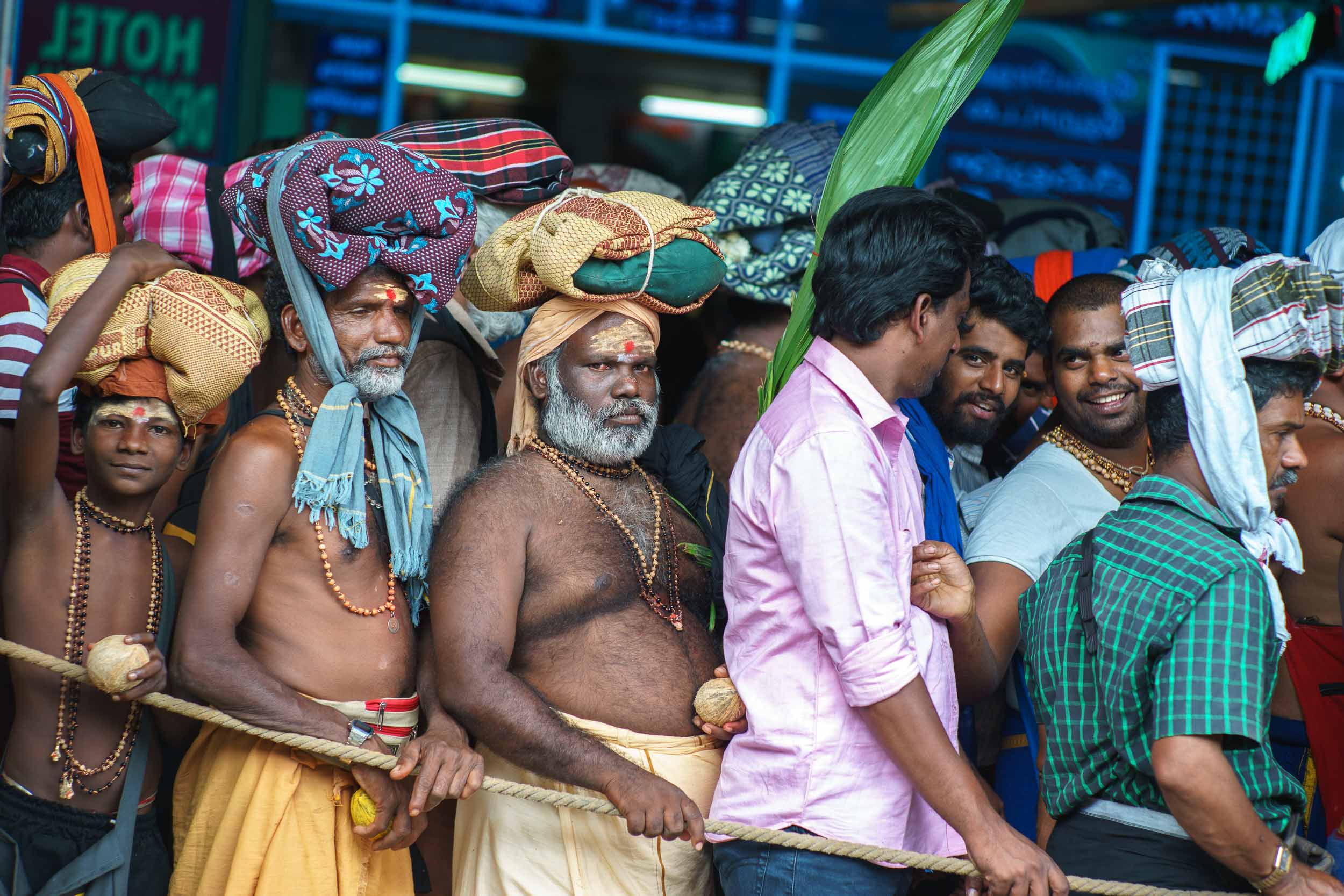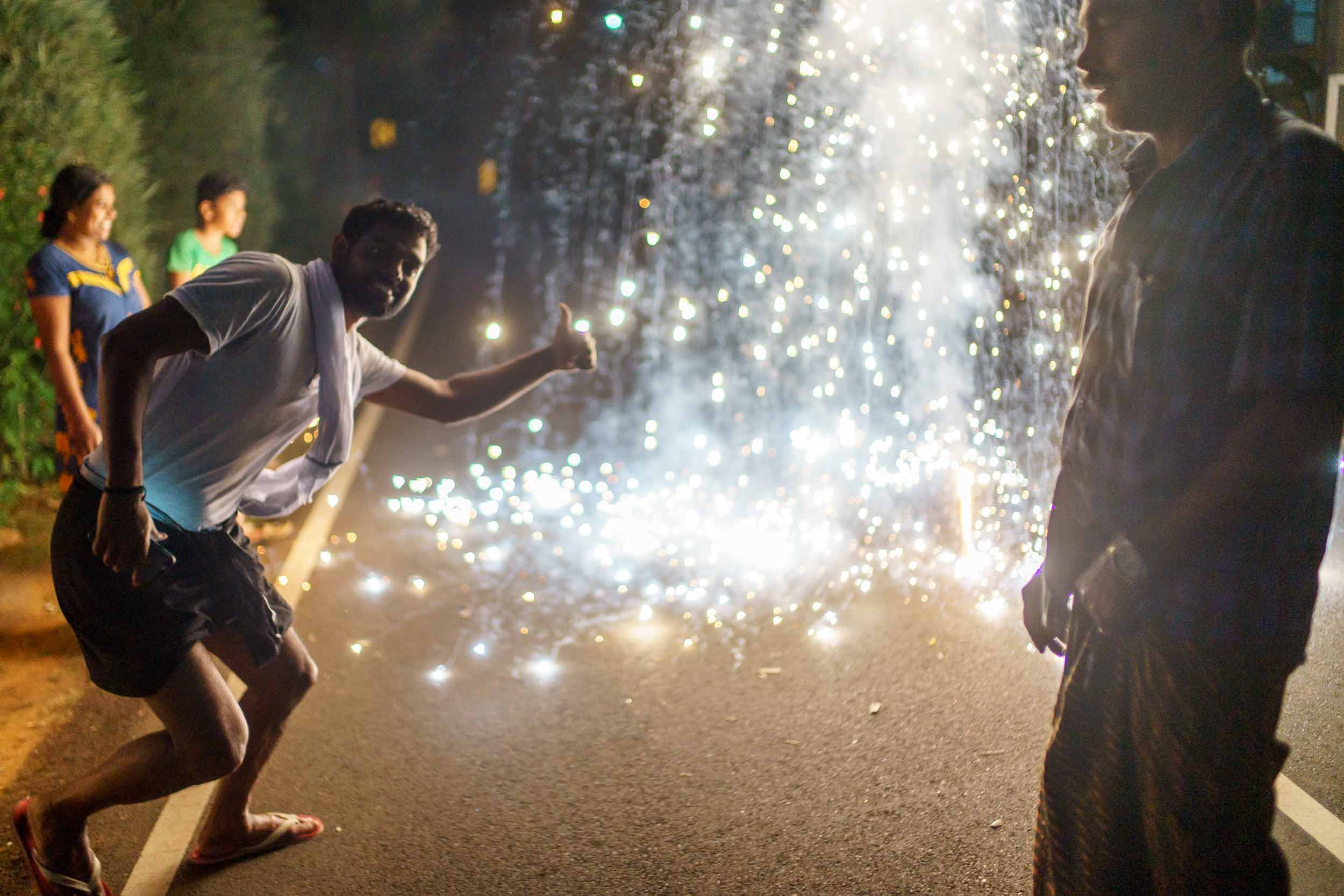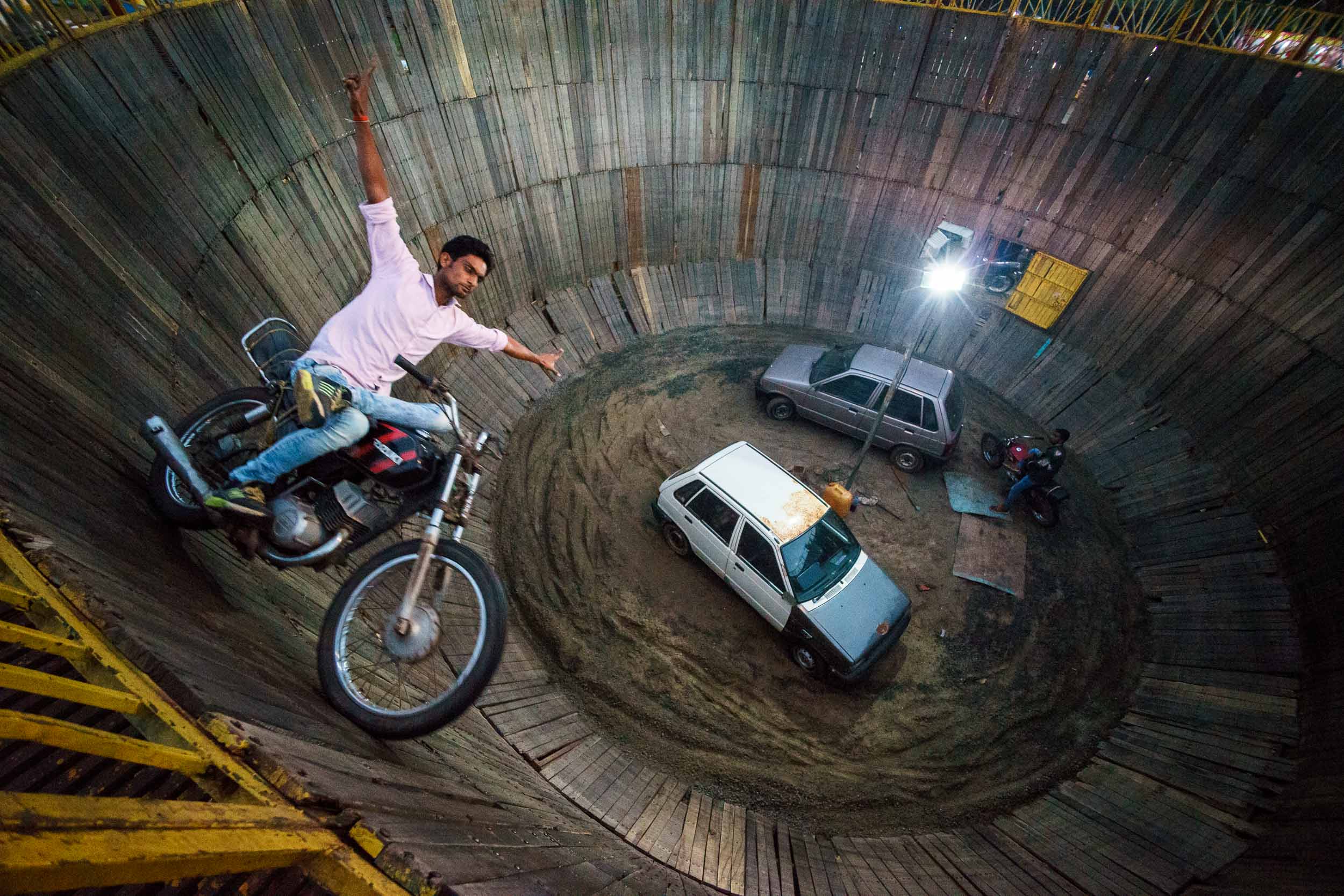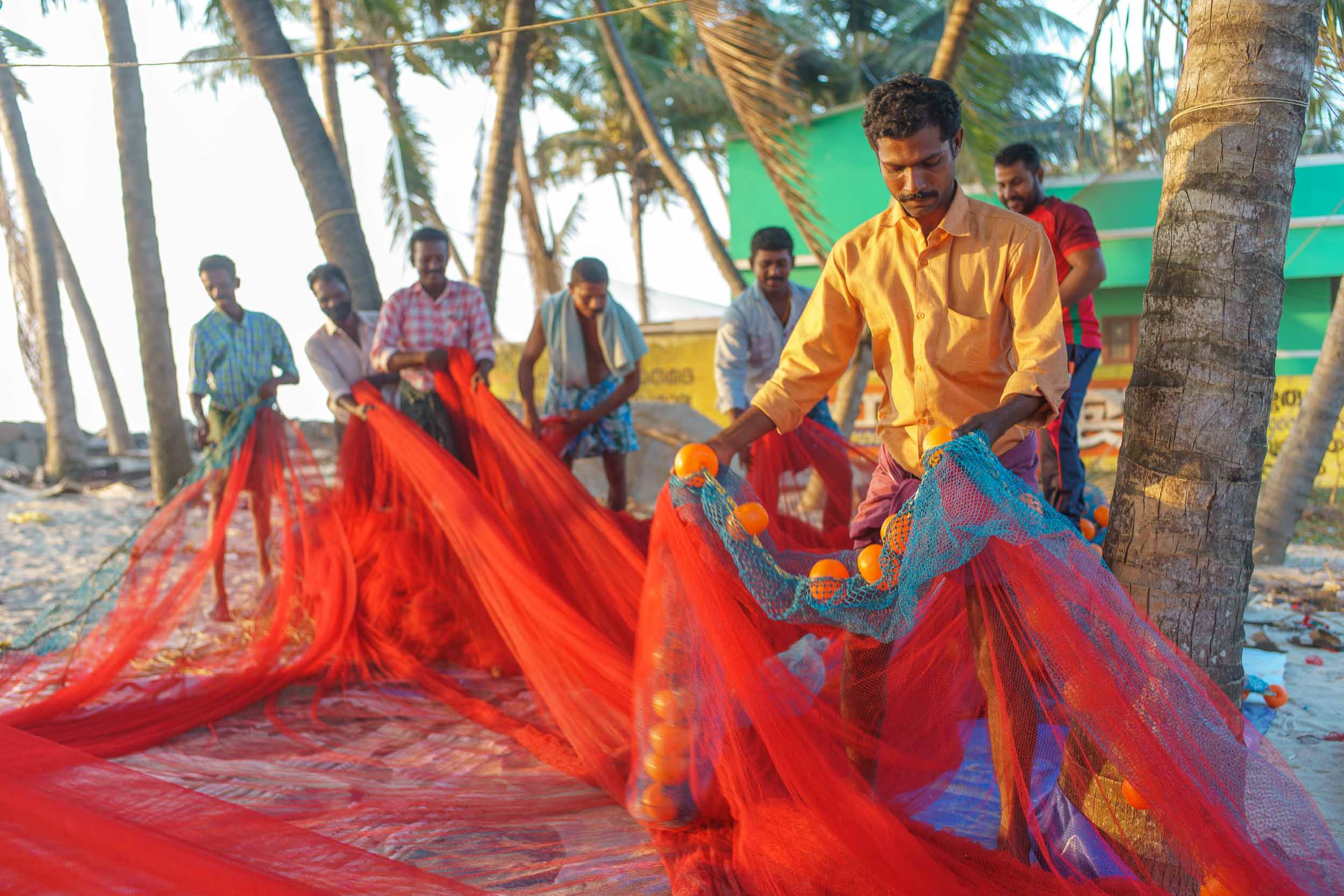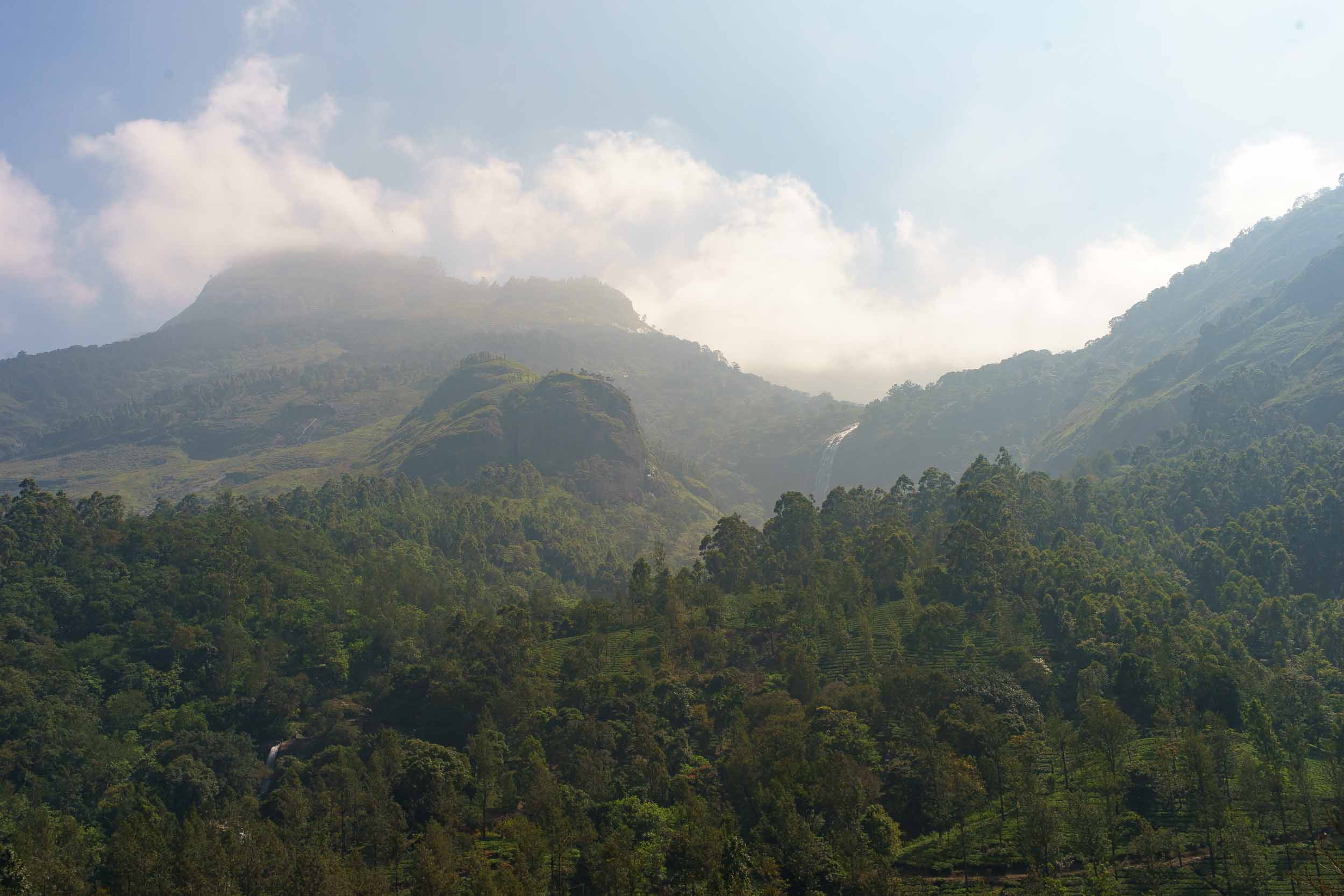Motorcycles are dangerous. This is especially the case in India, particularly on winding mountain roads, and even more so when you’re only just learning how to ride. It was probably a bad idea to teach myself while I was there, but who can pass up on six dollar daily rentals? And really, there just aren’t many better ways to spend two weeks than to meander aimlessly around the lush, jungled Western Ghat Mountains on a Pulsar 180. I can say that now that I know that I have survived, but I had my doubts at the time. Every adventure makes sense when you get away with it. But the problem with getting away with things is that it it’ll tempt you to the edge again. And how long can that last?
I was riding right along the edge. I didn’t have any experience, whatsoever, with motorcycles. I hadn’t even so much as sat on one before I decided to take one out for a two-week joyride in southern India. I didn’t know where the clutch was, or which lever did what, and I especially didn’t know how to manage poorly maintained winding mountain roads dampened from the settled morning mist. It was also my first time in the subcontinent, and I was completely alone. This was an impulse buy. It was merely the cheapest plane ticket I could find to someplace interesting. I hadn’t really done any research, and I had no plan. But I did read a great article about learning to ride a motorcycle on wikihow.com, and after an hour or two of relaying back and forth along a relatively relaxed coastal road, I figured I was about as ready as I’d ever be.
So with all that in mind, I lashed my backpack onto my newly rented motorbike, mustered all of my hubris, and set out toward the mountains in the inky blackness of that hour before dawn — hoping like hell that I’d get away with it. My logic was that I should leave town before sunrise in order to beat the city traffic. I figured it would be safer that way, but I was wrong. Narrow mountain roads, speed, blind corners, and big, colorful busses are are a thousand times more terrifying than the slow crawl of even the worst city traffic. It was all I could do to suppress intruding thoughts of head injuries, broken limbs, and rural hospital facilities.
My starting point was Cochin, an ancient port city and capital of Kerala — an Indian state that stretches along the western coast of southern India. The city sits at about the midpoint between China and the Arabian Peninsula, and the influences are therefore an interesting mix of the Arabesque, Imperial, and Oriental. There are shoarma stands everywhere, giant stuccoed churches tower over tiny villages, and they have large gangly fishing contraptions creeping out past the shoreline like giant spiders that are apparently of Chinese origin.
Size matters on Indian roads. Big vehicles take as much space as they want, and you just have to get used to the idea of turning a corner and seeing a giant, well-decorated purple bus with flowers on the front taking up most of your lane. Motorcycles are at the bottom of this vehicular food chain, but the bus drivers are always kind enough to leave just enough space for you. You have to believe in them like your life depends on it. It absolutely does.








